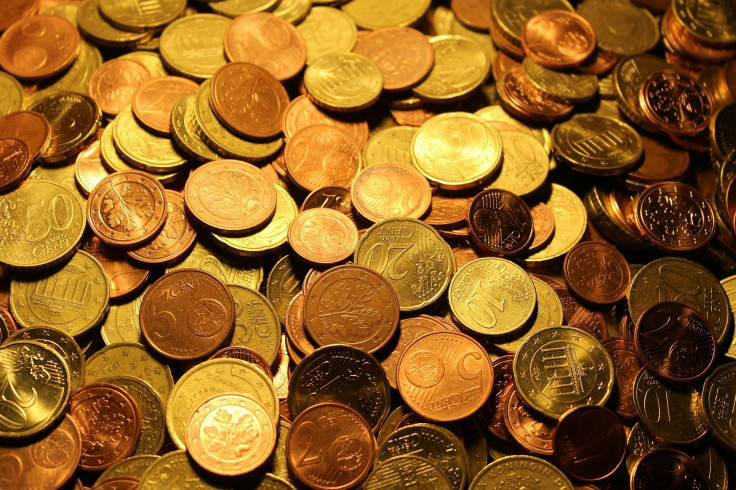Financial Planning: How The Brain's Subconcious Can Influence Spending Habits

Money has a huge influence over us, as a society and as individuals. So what does the brain look like when we're pondering the ever-important green stuff? Kabir Sehgal, author of Coined, attempts to answer question in a new video for Big Think.
Sehgal cited results of a previous study that compared brain scans of people making money and people who were high on cocaine. The brain scans were incredibly similar, suggesting both money and cocaine activate a part of the brain called the nucleus accumbens. When study authors conducted additional brain scans of people who were high and also looking at naked women, dead bodies, and money, they found the brain lit up the most for money.
"Money obviously acts as a neural stimulant and it makes us act in very sort of irrational ways," Sehgal said. "And so the part of the brain that lights up, again the nucleus accumbens, keeps on firing and firing and firing and obviously money excites us."
Sehgal goes on to explain many subconscious forces influence financial decisions. One example he gives is the weather: studies have shown people are more likely to tip generously when the forecast is nice and sunny. After weather, some science suggests genetics influence our finances, too. One study found a single variation of one gene was associated with being risk-averse and having higher credit scores in comparison to those without the variant.
Check out the video to learn more about the risk-reward brain circuit, an ancient part of the brain called the nucleus accumbens, and the spending habits of identical twins.



























